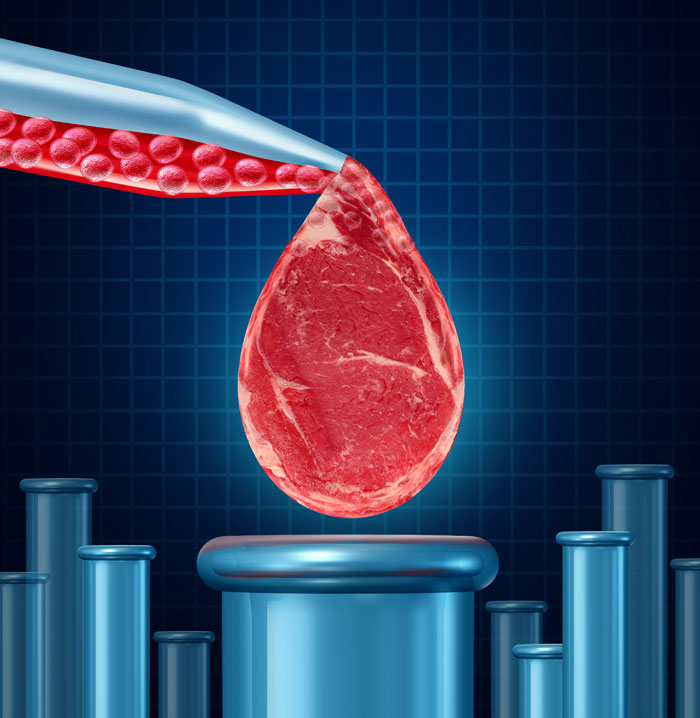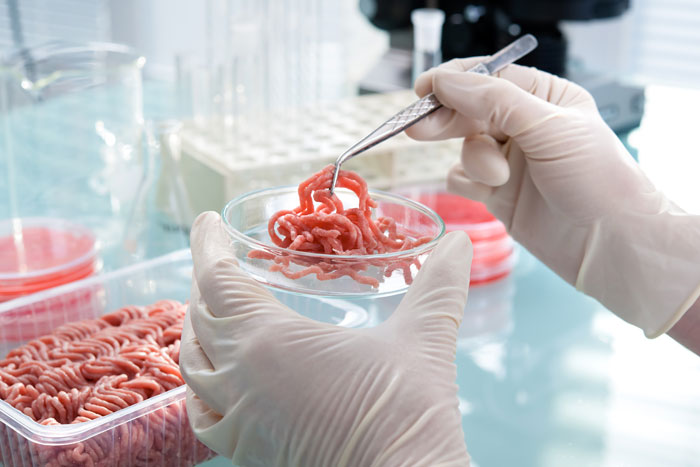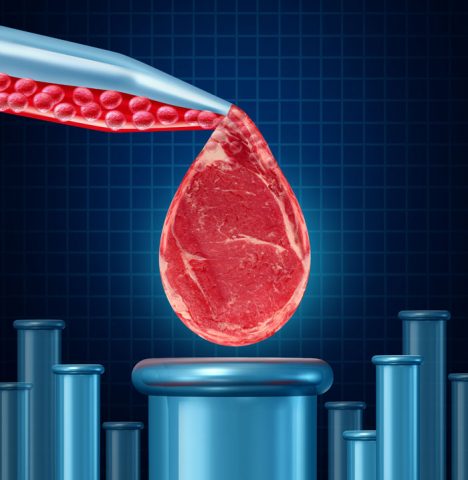
When ROI should be ROEI
November 8, 2017
The Curious Conscious Capitalist podcast featuring Jean Pitzo
December 19, 2017From obscure industry journals to the cover of Inc. Magazine, interest in the subject of Clean, Lab-Grown Meat has hit the mainstream.
Back in February 2017, a mere 9 months ago but a lifetime seemingly when it comes to advances in technology, we wrote about Lab-Grown Meat or ‘Franken Meat’ as some had referred to the product, which was first introduced to the public - and publicly eaten - in 2013.

© Thinkstock by Getty Images
Our blog post, Lab Grown Meat: Good for You? Good for Whom?, also spoke of meat-less meat, The Impossible Burger, a plant-based product made from coconut oil, wheat and potato proteins combined with heme - the building block of life in all organisms including plants - which gives meat its characteristic taste and aroma when cooked.
Fast forward 9 months
What to many seemed like a far-fetched idea: ‘growing’ meat from cells in a petri dish, has made huge advances toward reality, thanks in part to Silicon Valley’s culture of innovation and investment dollars combined with one man’s desire to save lives.
Memphis Meats co-founder Uma Valeti, a trained cardiologist, has turned his work with stem cells at the Mayo Clinic into a fully realized lab-grown-meat startup.
The Inc. magazine article is a great read about just how far this ‘disruptive’ business has grown in such a short period of time.
Is Lab-Grown Meat an Existential Threat to Agri-Business?
In July 2017 FeedNavigator.com, an industry publication for the animal feed industry, addressed the issue with an emphatic ‘YES’.
According to Paul Cuatrecasas, CEO of investment firm Aquaa Partners, the future of traditional meat, grown using feed, is definitely in question as the primary barrier to consumer adoption - cost - is dropping rapidly. From an initial cost of $1,200,000 per lb in 2013 to just $11.36 per lb now, companies like Memphis Meats are on track to reach cost parity of ‘grocery store meat’ by 2021.
But cost is not the only driver… according to Mr. Cuatrecasas, “Faced with a choice between two types of meats: one that is cheaper, cleaner, more environmentally friendly, and the other - which is not - I cannot see traditional meat winning out long term.”
So what should traditional agriculture companies do in the face of this existential threat? Adapt and invest. Smart executives at feed companies will hedge their risk, investing or acquiring disruptive companies in the new lab meat supply chain.
How might ‘Cellular Agriculture’ affect Ace Metal Crafts Company and our Clients?
ACE excels at fabricating sanitary stainless steel into the many components needed in food processing and packaging machinery. ‘Clean meat’ is a food product, which will continue to require adherence to strict sanitary practices and the machinery to process and package the product for human consumption.
According to the Inc. article, “The harvesting and packaging of cultivated meat will likely be heavily automated,” leading to a potential decrease in slaughterhouse workers, replaced by more complex machinery designed to safely and efficiently meet our planet’s growing need for protein.
Bacon, whether from a pork belly or a petri dish, will still need to be sliced and packaged in a sanitary and efficient manner.
Staying abreast of societal, technological and environmental trends will, in the end, be the difference between future growth or stagnant irrelevance.

© Thinkstock by Getty Images
How does one actually ‘make’ Lab-Grown Meat?
It all starts with stem cells, the building blocks of all life. Just as Memphis Meats’ co-founder, Uma Valeti, realized when he began using stem cells to repair damage caused by cardiac arrest, stem cells can become any type of tissue when they mature,
With the proper science, a single muscle stem cell can grow into 1 trillion muscle cells - a LOT of meat.
While there are literally hundreds of explanations as to how ‘Lab-Grown Meat’ is made, we’ve found one of the most engaging explanations is a video produced by Eater.com.





